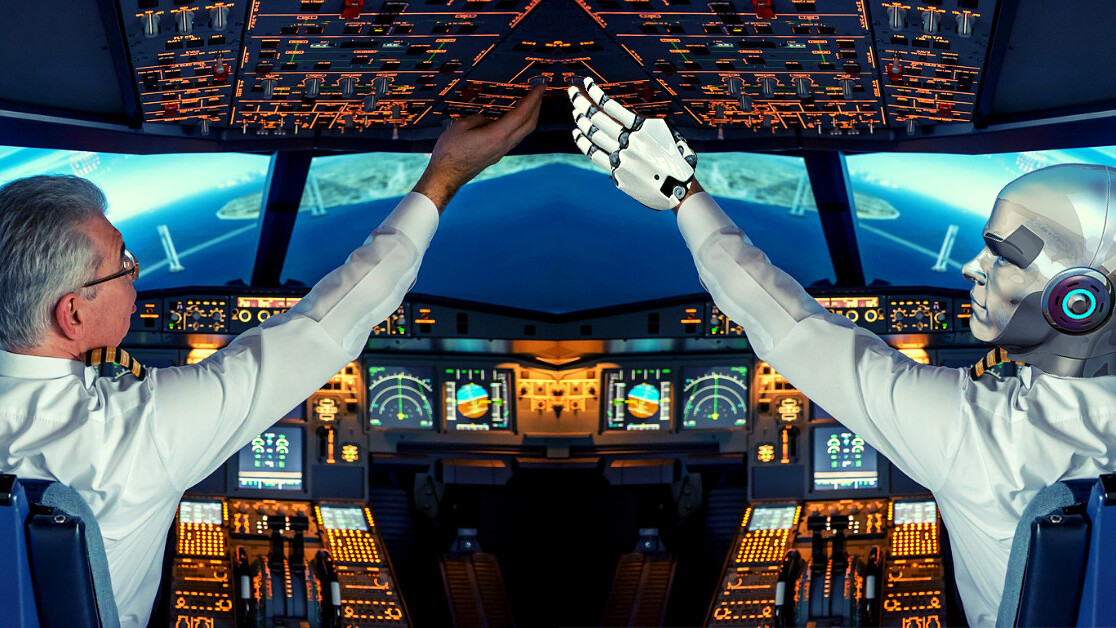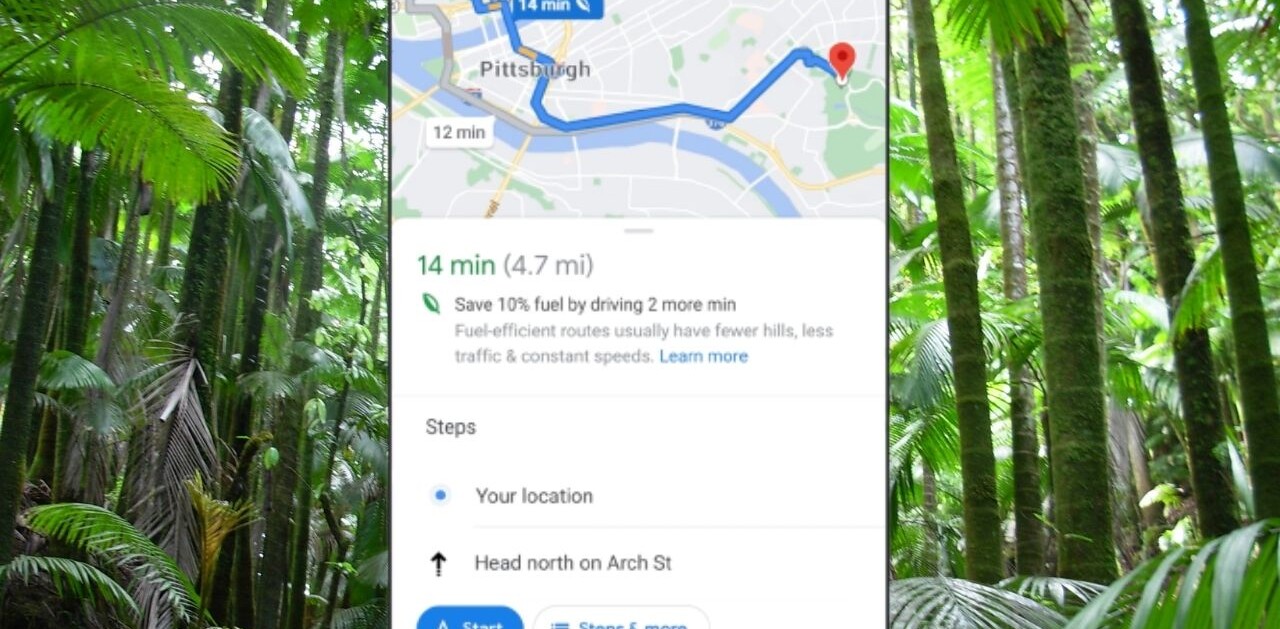
Our world is becoming more and more automated by the year; we all know that. But that doesn’t mean everything in sight needs to be automated. Sure, Siri has replaced some of our mundane tasks, and a lot of our business tasks like data entry are now automated.
But one thing that most likely won’t happen in the next decade is the automation of commercial aircraft. Pilots, you may now all breathe a collective sigh of relief!
And why do I believe that? Automation won’t be the best solution in every single scenario, so let’s take a look at the questions we need to ask when automation is concerned:
Do aircraft companies want pilots to be replaced?
For aircraft companies to want to replace pilots, there needs to be a cost benefit with a logical path enabling adoption of the technology. From a technology standpoint, it would be incredibly difficult to completely replace the pilot. There are two primary mechanisms you could use if pilots could be replaced:
- Single pilot aircraft
- Remote pilot aircraft
Both of the above pilots will only contribute to an automated aircraft if there was an extreme circumstance that the automation engine couldn’t control.
Michael Amalfitano, CEO and President of Embraer, argues that fully automated (no pilot) aircraft operations will materialize within the next decade.
Mr Amalfitano, while you run a great operation, it’s a little unjustifiable to believe people will board a self-flying plane when they’re not confident sitting in a self-driving car (particularly given people know how to drive a car, and feel those complexities are a little much to hand over to a machine). While I disagree with him on this being mass adopted within 10 years, I do believe it will happen eventually.
As justification that full automation is coming in the near future, Mr Amalfitano cited Federal Aviation Administration (FAA) data, stipulating jet pilots are currently performing only 30 percent of the flying, with automation taking over the rest.
While that statistic may be correct, the first airplane was flown in 1903 by the Wright Brothers, with autopilot emerging only 9 years later in 1912. Spin this any way you like, this isn’t a factor of the technology suddenly being available, but about the cost benefit to businesses. The change will save airlines an estimated $35 billion USD per year.
Will there be adoption from the public?
While I love speaking for the public, this is a very tricky point to foresee. For starters, let’s look at the standard innovation adoption curve.

The reality is that we’re still in the “innovators” section of the adoption curve. There is no early adoption, as this technology hasn’t yet been commercialized. There are a few points to consider.
Will people get a choice in the matter?
The public will be a heavy driver for this to take off (pun intended). Using a staggered approach, aircraft companies will trial the new solution to the public. If tickets are purchased in lower volume than the mean, the technology will need to be abandoned in the short term.
To elaborate, if the public are refusing to board planes with no pilots, due to the high revenue base of each passenger relative to the salary of a pilot, it won’t be seen as valuable to force upon passengers, as the cost benefit suddenly becomes categorically low.
Passengers need to want this, and will drive this movement. In fact, 71 percent of the public would “probably not” or “definitely not” fly on an aircraft without a pilot on board. Even if there is a cost saving, more than half of the 8,000 surveyed in a UBS study reported they would not board a plane without a pilot.
How long would it really take to materialize?
To get to a point of mass adoption (the latter two segments in the adoption curve), there needs to be a huge drive towards the technology improvement. People need to see a substantial benefit to adoption. While not wanting to disagree with Mr Amalfitano yet again, mass adoption would need to happen after people become more comfortable with other self driving vehicles, such as cars.
There is already resistance towards self driving cars, with public perception not strong. This could take the next five years to materialize, with other vehicles (such as trains, ferries, and buses) likely being seen as a priority over aircraft due to the higher volume of vehicles (and much simpler than automating whatever those wizards are doing in the cockpit).
To elaborate on the train example, the first automated train went into service in New York in 1961. By the end of 2013, there were only 48 fully automated public metro systems implemented across 32 countries.
Over 50 years have passed since commercialization of the technology, and if you catch a train tomorrow, basic probability states there will be a manual operator. Why? Automation will not be trusted with emergency circumstances (such as a member of the public jumping on a track) to the same degree as a human.
My personal opinion is that if automated pilots were to materialize (which I am a heavy advocate against due to there only being a cost benefit, see ethics), the whole operation would take multiples of the time predicted.
If you don’t agree, consider the delay on adoption the first, second and third accidents will have on public perception of the technology, and the lack of enthusiasm around Tesla’s self driving semi. I’m not saying it won’t happen, but it is far from as simple as the elevator operator, who was replaced from their one dimensional life of “up and down”.
Will automation be more effective than the current solution?
To enable high public adoption, automation generally needs to be coupled with a more effective solution. In the case of air travel, airline companies are focussing far too much on their bottom line, and too little on the safety benefit for their passengers. The question regarding safety remains unanswered to date.
Further, their ability to respond to emergency circumstances doesn’t seem promising due to the inability for trains to react when they travel in a single dimension (forward and back). On a positive note, automation engines on planes certainly won’t be negotiating with terrorists.
In summation, it seems improbable that pilots will be replaced in the next decade. Despite organizations making efforts to automate the profession, the reality is that public adoption will be a huge driver of this. With the train and car still requiring a manual operator for what is a much simpler task, this does seem light years ahead of where we are now.
If one thing is for sure, aircraft companies — just like any other company considering automation — need to focus less on their own bottom line, and more on the safety benefit to their passengers if they want to spark early interest.
Get the TNW newsletter
Get the most important tech news in your inbox each week.




